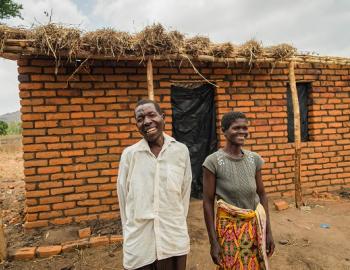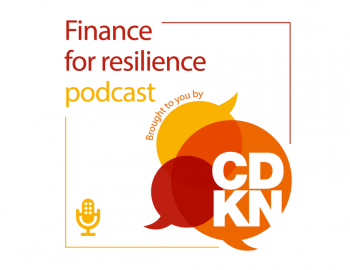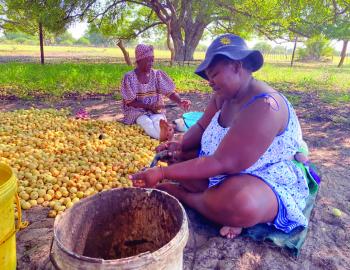Report : Review of Housing Vulnerability: Implications for Climate Resilient Houses
Report : Review of Housing Vulnerability: Implications for Climate Resilient Houses
The most dangerous climate hazard in Da Nang is typhoons, and the sector they most impact is housing, making housing one of the most vulnerable sectors to climate extremes. Housing damage is not only caused by climate hazards, but also by inappropriate housing solutions and poor construction techniques. While the adverse impacts of past typhoons are already seen in the current housing sector and in local livelihoods, they will only worsen as climate change intensifies storm events. As a result, there is a need to investigate the costs and benefits of alternative housing designs that enhance resilience to typhoons and assist agencies and the private sector in understanding the returns on investments and reducing future risks.
This policy brief, Review of Housing Vulnerability: Implications for Climate Resilient Houses, looks at the impact of typhoons in Da Nang and Vietnam and how housing, especially the semi-permanent housing which covers higher percentages, still has many technical weaknesses in structure that may be easily destroyed by strong winds or typhoons. In the aftermath of a storm or typhoon, roof damage appears the most in semi-permanent houses which cause other damages of walls and doors or windows. In almost all cases, these homes are possible to reinforce or renovate for disaster resistance.
Sheltering From a Gathering Storm is a two-year project supported by CDKN targeting peri-urban areas in India, Vietnam and Pakistan to identify practical solutions for resilient shelters and the long-term economic returns of investing in such shelter structures, focussing on cities facing risks from typhoons, flooding and extreme heat.
Further reading:
Case studies:
- Sheltering From a Gathering Storm: Flood Resilience in India
- Sheltering From a Gathering Storm: Temperature Resilience in Pakistan
- Sheltering From a Gathering Storm: Typhoon Resilience in Vietnam
Reports:
- Typhoon Intensity and Climate Change, Da Nang, Vietnam
- Extreme Rainfall, Climate Change and Flooding in Da Nang, Vietnam
- Extreme Rainfall, Climate Change and Flooding in Gorakhpur, India (policy brief)
- Qualitative Insights Into The Costs And Benefits Of Housing In Three Wards In Central Vietnam
- Lessons from Typhoon Nari: Storm Resistant Housing shown to be Effective
- Sheltering From a Gathering Storm: The Cost and Benefits of Climate Resilient Shelter
Technical papers:
- Extreme Rainfall, Climate Change and Flooding in Gorakhpur, India (technical brief)
- Da Nang's Extreme Rainfall and Climate Change by the 2020s and 2050s



